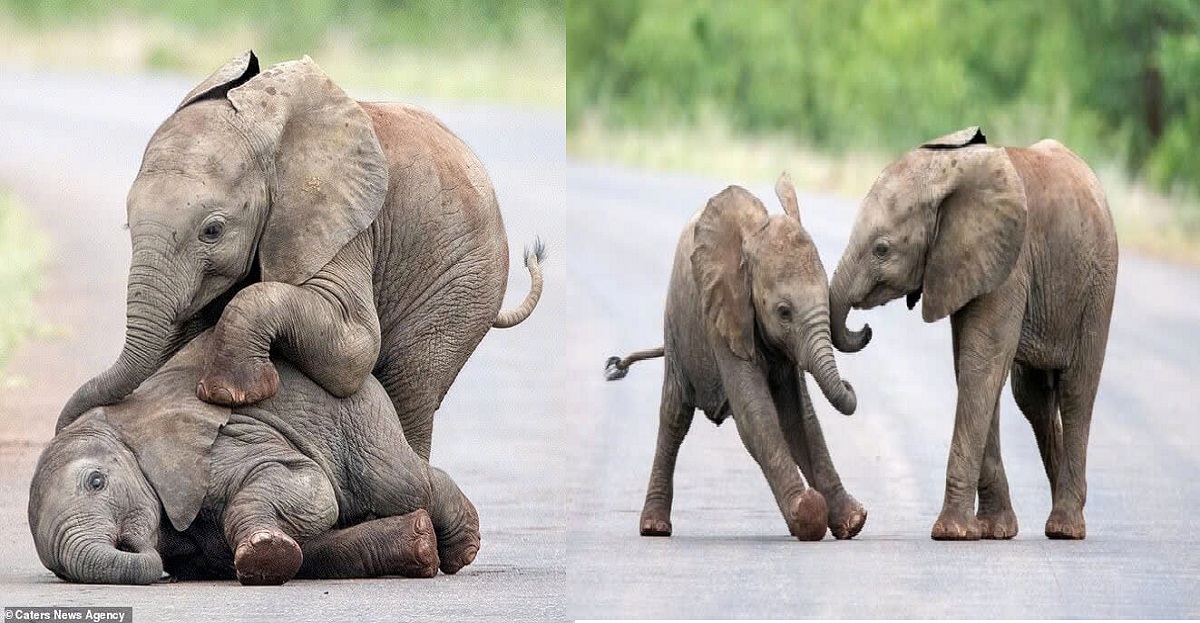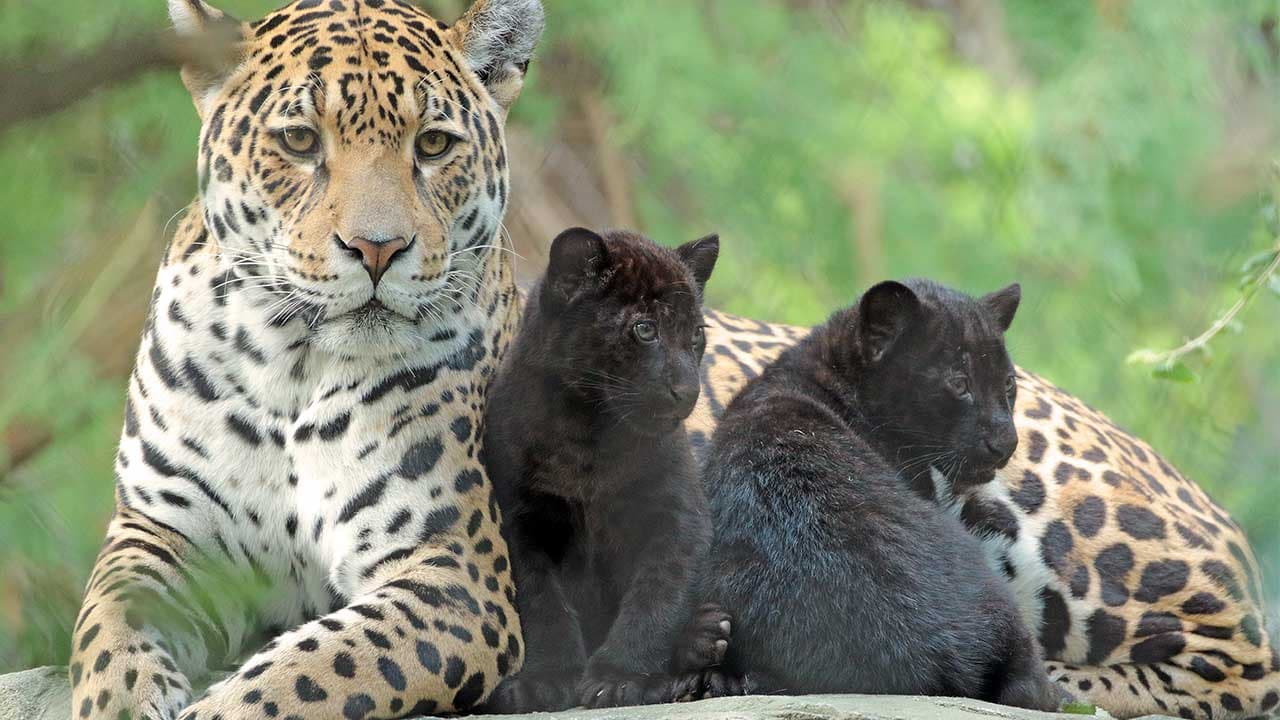The Arctic, one of the most pristine and untouched regions on Earth, is undergoing dramatic changes as global temperatures rise. As the ice melts and the climate warms, it is not just the environment that is affected—wildlife, especially polar bears, are facing new and unexpected challenges. One of the most alarming consequences of this warming is the increased exposure of polar bears to harmful pathogens that were once confined to the frozen expanse of the Arctic.
Polar bears, which have evolved to thrive in the frigid conditions of the Arctic, are now confronting a new and dangerous reality. These magnificent creatures rely on sea ice to hunt seals, their primary source of food. However, as the ice melts earlier in the year and forms later in the winter, polar bears are forced to travel farther and expend more energy to find food. This disruption to their hunting patterns and migration routes not only strains their physical health but also exposes them to new risks.

The melting ice is causing pathogens that have been dormant in the environment for years to be released. Bacteria and viruses, previously trapped in the permafrost or locked away in ice, are now emerging into the environment as the temperatures rise. These pathogens, which polar bears have never encountered before, present a significant threat to their health. Without natural immunity to these new diseases, the bears are vulnerable to infections that could weaken them or even lead to death.

The warming Arctic is also changing the migration patterns of other animals, such as birds and marine life, which can introduce new diseases to the region. For instance, migratory birds carrying pathogens from warmer climates may spread these diseases to polar bears when they come into contact, further increasing the risk of exposure. Additionally, as sea ice retreats, polar bears are forced to venture closer to human settlements, where they may encounter domesticated animals that could carry zoonotic diseases—diseases that can jump from animals to humans and vice versa.
The health of polar bears is also being compromised by the impacts of climate change on their prey. As the ice melts, seals may also experience shifts in their population and migration patterns, making it harder for polar bears to find food. This malnourishment weakens their immune systems, making them more susceptible to diseases that they would normally be able to fight off.

In addition to the direct threats posed by pathogens, climate change is also altering the overall ecological balance of the Arctic. Warmer temperatures are disrupting the entire ecosystem, from the smallest microorganisms in the water to the largest apex predators like polar bears. The changing environment means that polar bears must adapt to new challenges—challenges that include the increasing prevalence of disease.
The situation is dire, and the survival of polar bears in the rapidly warming Arctic is uncertain. Efforts to reduce global greenhouse gas emissions and slow the pace of climate change could help mitigate some of the risks associated with pathogen exposure. However, the effects of climate change are already being felt, and scientists warn that it may take decades, if not longer, for the Arctic ecosystem to fully adapt to these new conditions.

For now, polar bears face an uncertain future. The warming of the Arctic not only threatens their habitat but also exposes them to new pathogens that could undermine their survival. As we continue to witness the effects of climate change, it is crucial that we consider how these changes impact not just the environment, but the creatures who call it home. Polar bears, once considered the kings of the ice, are now struggling to survive in a world that is rapidly changing beyond their control.















